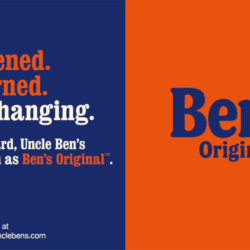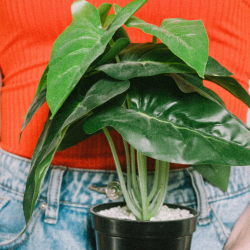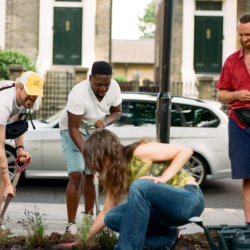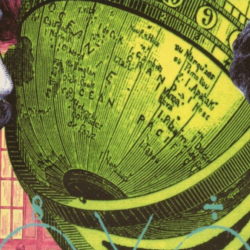What do you think of when you think of businesses?
Until recently, if someone had asked me this question, I would have imagined structures and infrastructures. Buildings, corridors, receptions, offices. I may have stretched to computers and therefore wires and pipes. People would have entered my brain at some point, doing work stuff. But strangely, they would not have come first.
My mental picture would primarily have been shaped by engineering.
This all changed at the start of the year, when I read the closing pages of Emma Dabiri’s excellent book, What White People Can Do Next.
It is a manifesto for radical change. Effecting change from within will not change a broken system. We see that repeatedly. If we want to drive real systemic change, we need to think differently and laterally. And she poses a very interesting lateral thought that captured my attention.
“Maybe it is plants who are our allies. The nature/culture dualism that underpins Western thinking and the conceit that man is superior to the ‘wild’ and is lord and master of the natural world has disrupted awareness of our entanglement with our environment and deprived us of the ability to access other forms of consciousness. David Abram, the American philosopher and ecologist, describes our bodies as ‘sensitive thresholds rather than as bounded entities’. Could plants help us reconfigure it all?”
Emma Dabiri is taking on capitalism itself in her book. But the divisions and issues she highlights are all too prevalent in our own advertising industry. So, how might this thought help us? What would happen if we were more like plants?
We would embrace flexibility
Agencies often talk about people as their most valuable assets. As service organisations, they would be nothing with them. But we create artificial divisions in terms of our relationship with them, particularly when it comes to work happens — office, home, or hybrid. But if we were to think of people as the roots of an agency, why wouldn’t we embrace full flexibility? While some plants thrive by having their roots restricted, most do not. Instead, they benefit from freedom — freedom to find their best position for the good of the plant.
We would allow people to flourish
The label and concept of human resources risks treating people as objects from which to extract productive value, exacerbating the division between employer and employee. It breeds a mechanistic perspective at odds with the fact that agencies are creative businesses, people businesses. As Rory Sutherland has argued, we should leave the engineering to the engineers and embrace the humanity of what we do. As spring awakens around us, we should heed a lesson and focus on engaging our employees and colleagues, so that their lives — not just their work lives — might flourish while in our collective employment.
We would nurture curiosity
So much our focus and energy are spent on delivering or shipping work in agencies. It’s sometimes easy to lose sight of what helps us to be creative and imaginative in the first place. One lesson of photosynthesis is that growth is impossible without external stimuli. When Sir Clive Woodward took over the England rugby team more than two decades ago, he split his players into two categories – ‘sponges’ and ‘rocks’. Those that absorbed information — the sponges — were kept on, while those with rocks between their ears, making them resistant to new learnings, were discarded. We should elevate the discipline of talent development to stimulate curiosity and nurture more sponges.
We would welcome connections
Division and separation are everywhere in our industry, and these factors cause untold problems, inefficiencies, and unhelpful power dynamics. The natural world instead shows itself to be balanced and inherently interconnected. Plants are happy with being themselves and diversity is welcomed. We should jettison legacy operating models and adopt more diversity in our working groups, embracing the benefits of networks and collective action.
We would encourage our leaders to be gardeners
In a recent Google Firestarters talk with Neil Perkin, Jim Carroll makes the case for leaders now being gardeners. They must nurture and care for different plants in different ways. Always supportive. Building resilience and adaptability. Setting targets but removing limits. Never looking for the credit themselves.
We would be a genuine force for good
Finally, and perhaps most obviously, conceiving ourselves as part of the natural world could rapidly accelerate uptake of more sustainable work and working practices. The climate crisis is something happening with and by us rather than to us and we must be the change we want to see. What better way that through a mental picture of ourselves as part of this world rather than separate from it.
Imagining our agencies as plants is an exciting metaphor for change and presents an opportunity not just to optimise the current system but to transform it for the better.
Featured image: Ceyda Ciftci / Unsplash































